Introduction to Injection Molded Parts
Injection molded parts are crucial in modern manufacturing, allowing for high-volume production and intricate designs. This process involves injecting molten plastic into a mold, enabling the creation of complex shapes and durable components. The significance of injection molded parts spans various industries, from automotive to consumer goods, illustrating how pervasive this technique is in our daily lives.
What Are Injection Molded Parts?
Injection molded parts refer to components manufactured through the injection molding process. This method involves the heating and liquefaction of plastic materials, which are subsequently injected at high pressure into a meticulously crafted mold. As the plastic cools and solidifies, it takes on the shape of the cavity within the mold. The result is a product that is precise, durable, and easily replicable.
The Importance of Injection Molding in Manufacturing
Injection molding has revolutionized manufacturing by providing a solution for producing complex geometries with minimal waste. This process allows for the mass production of parts with high repeatability, making it an attractive option for businesses targeting a wide market reach. By utilizing injection molding, manufacturers can significantly reduce production lead times, lower per-unit costs, and improve overall product quality. Furthermore, as industries become increasingly globalized, the ability to produce parts efficiently has only risen in importance.
Common Applications of Injection Molded Parts
The applications of injection molded parts are extensive and diverse. Here are some typical uses:
- Automotive Components: From dashboard controls to exterior panels, injection molded plastic parts are integral in vehicle design and manufacturing.
- Consumer Electronics: Many devices, such as smartphones and laptops, contain injection molded parts that house internal electronics.
- Household Goods: A vast range of everyday items, including kitchenware, storage containers, and toys, are produced using injection molding.
- Medical Devices: Injection molding is critical in creating precision components used in medical devices and equipment, ensuring functionality and safety.
- Packaging: Many packaging solutions, such as bottle caps and containers, are manufactured using this method.
Key Components of Injection Molding
Understanding the Mold Design
The design of the mold is pivotal to the success of the injection molding process. A well-designed mold needs to consider several factors, including:
- Cavity Shape: The mold cavity must be shaped precisely to match the intended design of the final part.
- Cooling Channels: Efficient cooling channels are essential to reduce cycle times and minimize warping.
- Ventilation: Proper venting ensures that air can escape the mold during injection, preventing defects.
- Material Flow: The mold should facilitate the optimal flow of material, reducing the likelihood of bottlenecks during production.
Designing a mold often involves using CAD software to create detailed schematics that can simulate the injection process before actual production begins.
The Role of Material Selection for Injection Molded Parts
The choice of material is another crucial aspect that can greatly affect the performance and quality of injection molded parts. Common materials used in injection molding include:
- Thermoplastics: Such as ABS, polycarbonate, and polypropylenes are favored for their malleability and versatility.
- Thermosetting Plastics: These materials harden irreversibly upon heating and are used in applications requiring high durability.
- Elastomers: Providing flexibility, these materials are utilized in applications that require rubber-like properties.
The selection of materials is influenced by factors such as the application of the part, environmental considerations, strength requirements, and cost.
Types of Injection Molding Machines
Various injection molding machines are designed to suit different production scales and material types. Here are some common types:
- Standard Injection Molding Machines: These machines use a reciprocating screw to melt and inject plastic into the mold.
- Hybrid Machines: Combining hydraulic and electric presses, these machines offer energy efficiency and speed for high-volume production.
- Vertical Injection Molding Machines: Ideal for small parts, these machines utilize vertical clamps to optimize space and allow for multi-layer molding.
- Multi-Component Molding Machines: These allow for the injection of different materials in a single process, enabling the fabrication of complex parts with various properties.
Best Practices for Designing Injection Molded Parts
Essential Design Considerations and Guidelines
Effective design for injection molded parts considers several key principles:
- Draft Angles: Incorporating draft angles in the design facilitates smoother ejection from the mold.
- Wall Thickness: Maintaining uniform wall thickness is vital to prevent war warping and uneven cooling.
- Radii and Fillets: Using rounded corners can increase the strength of the molded part and aid in processing.
- Assembly Features: If parts require assembly, design features that simplify this process can save time and costs.
Avoid Common Design Mistakes
While designing for injection molding, it is essential to steer clear of frequent pitfalls that can lead to production inefficiencies. Common mistakes include:
- Ignoring Material Properties: Not considering the properties of the selected material can result in parts that cannot withstand their intended use.
- Overly Complex Designs: Simplifying part designs can streamline production and reduce costs.
- Neglecting Tolerances: Failing to specify tolerances can lead to parts that do not fit correctly or function as expected.
Innovative Techniques for Optimizing Mold Design
Advancements in technology have also led to innovative approaches in mold design:
- 3D Printing: Rapid prototyping through 3D printing helps designers create and test complex geometries before finalizing molds.
- Simulation Software: Utilizing software that models the injection process can help designers predict potential issues related to flow, cooling, and defects.
- Modular Molds: Designing molds in modular components can increase flexibility and reduce downtime for repairs or modifications.
Manufacturing Process of Injection Molded Parts
Step-by-Step Overview of the Injection Molding Process
The injection molding process consists of several critical stages:
- Material Preparation: Plastic pellets are dried and prepared for melting.
- Melting: The plastic is heated in a barrel until it reaches a molten state.
- Injection: The molten plastic is injected into the mold cavity using high pressure.
- Cooling: The injected plastic cools and solidifies inside the mold.
- Ejection: Once cooled, the mold opens, and ejector pins push the solidified part out.
Quality Control in Injection Molding
Quality control is essential throughout the injection molding process. Techniques used to ensure high standards include:
- Regular Inspections: Parts are routinely checked for defects and compliance with specifications.
- Statistical Process Control (SPC): This method monitors process parameters to ensure they remain within specified limits.
- Testing: Functional tests on samples help verify that parts meet quality and performance requirements.
Environmental Impact and Considerations
As sustainability becomes a pressing concern, the injection molding industry must examine and minimize its environmental impact. Key considerations include:
- Material Recycling: Many thermoplastics can be recycled, reintroducing them into the production cycle.
- Energy Efficiency: Transitioning to energy-efficient machines and processes can significantly reduce carbon footprints.
- Waste Reduction: Implementing best practices in production to minimize scrap and defective parts supports sustainability goals.
Future Trends in Injection Molded Parts Production
Advancements in Material Science
Future developments in material science are expected to yield new polymers with enhanced properties, increasing the range of applications for injection molded parts. Innovations may include:
- Bio-Based Plastics: Sustainable alternatives derived from renewable resources help reduce reliance on petrochemical products.
- Smart Materials: These materials offer functionalities like adaptability to environmental stimuli, improving their potential in various industries.
Technological Innovations in Injection Molding
Emerging technologies are set to further transform injection molding, including:
- Automation: Fully automated injection molding systems can enhance efficiency, reduce labor costs, and ensure consistent quality.
- Monitoring and IoT: The incorporation of Internet of Things (IoT) technologies allows for real-time monitoring of the injection molding process, leading to proactive maintenance and improved operational efficiency.
Market Trends Influencing Injection Molded Parts
The global market for injection molded parts is influenced by various trends such as:
- Customization: The demand for customized solutions drives innovations in injection molding techniques and materials.
- Sustainability: Increasing consumer awareness around sustainability leads to a push for eco-friendly products and manufacturing processes.
- Industry 4.0: The rise of smart manufacturing technologies integrates advanced data analytics and process optimization into injection molding, enhancing productivity and reducing waste.
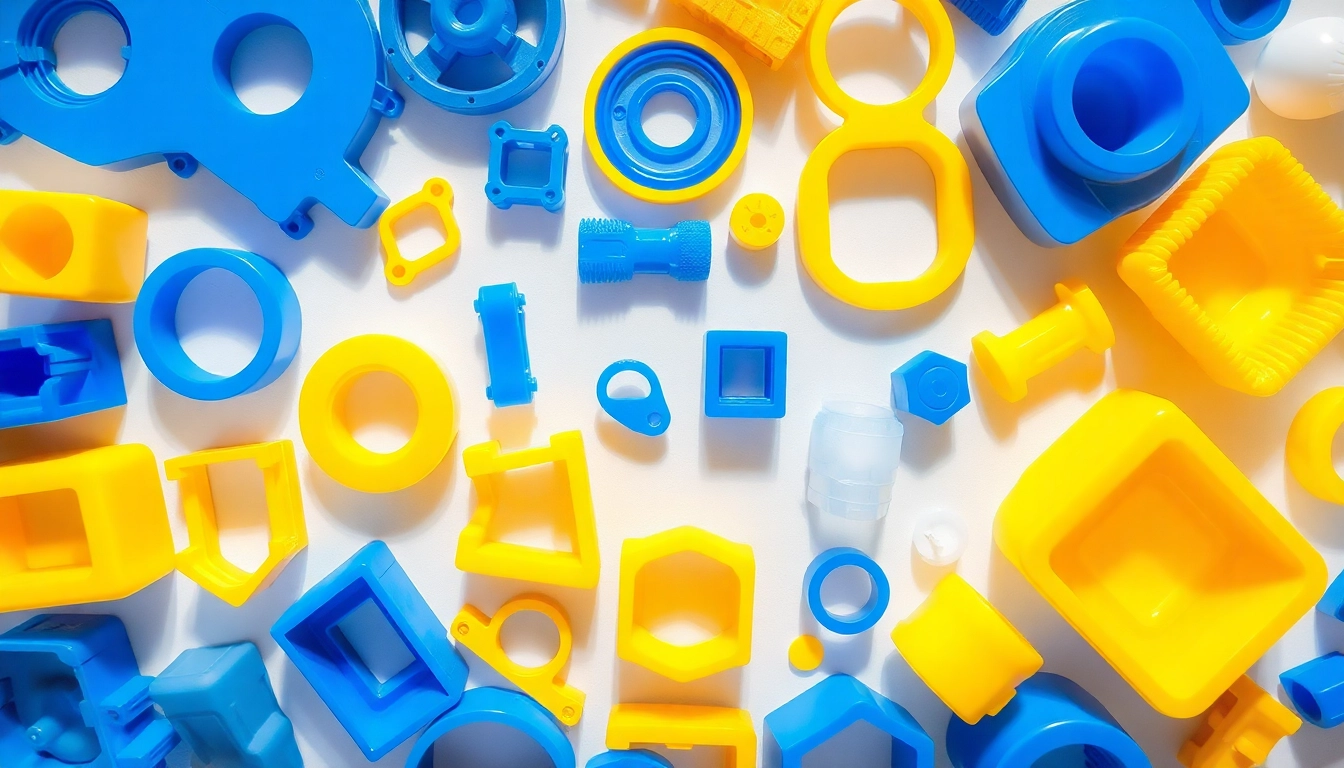

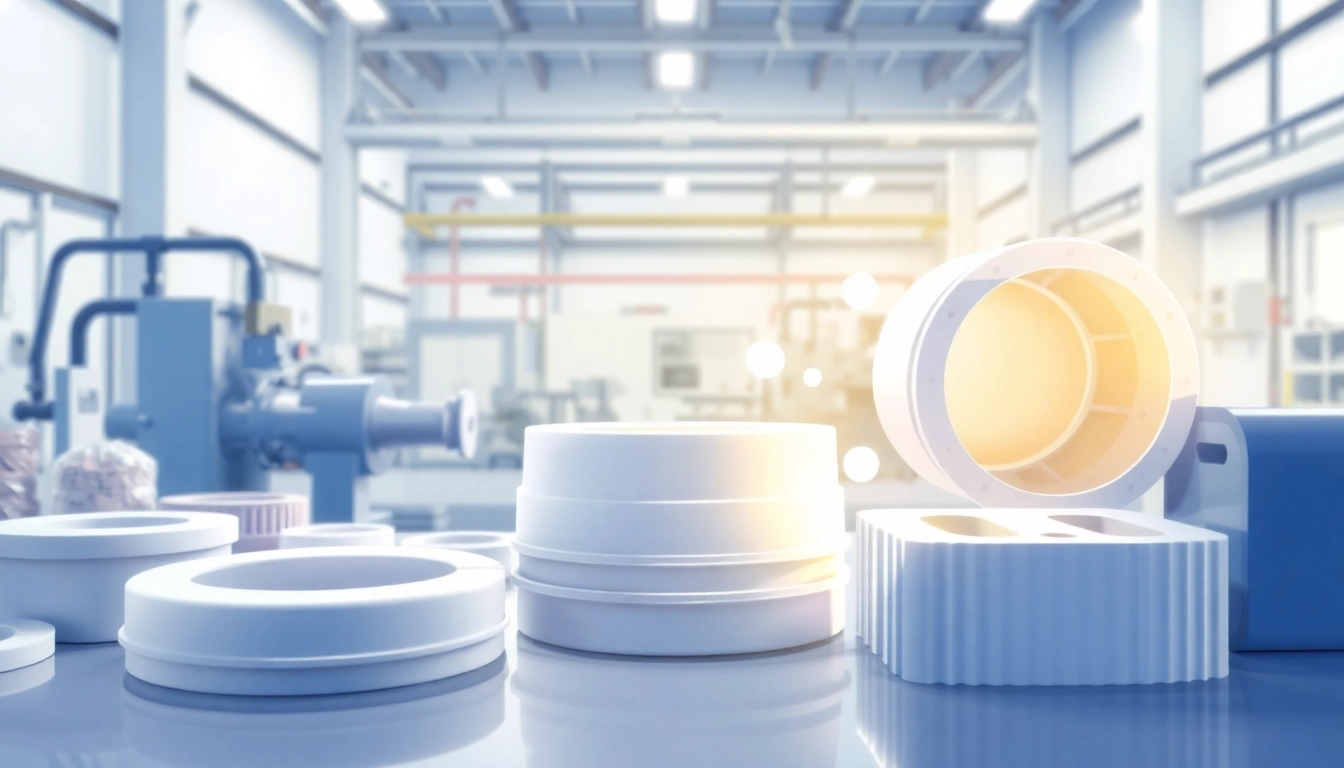
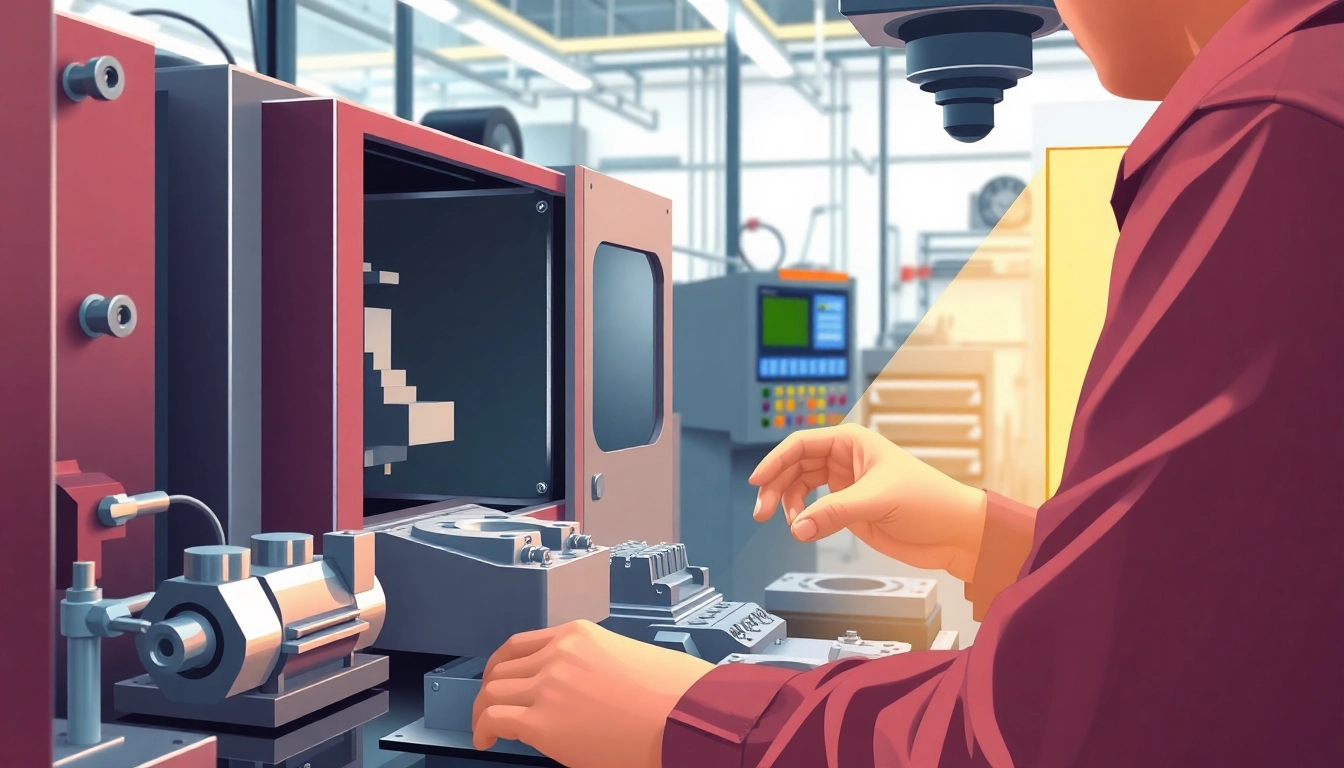
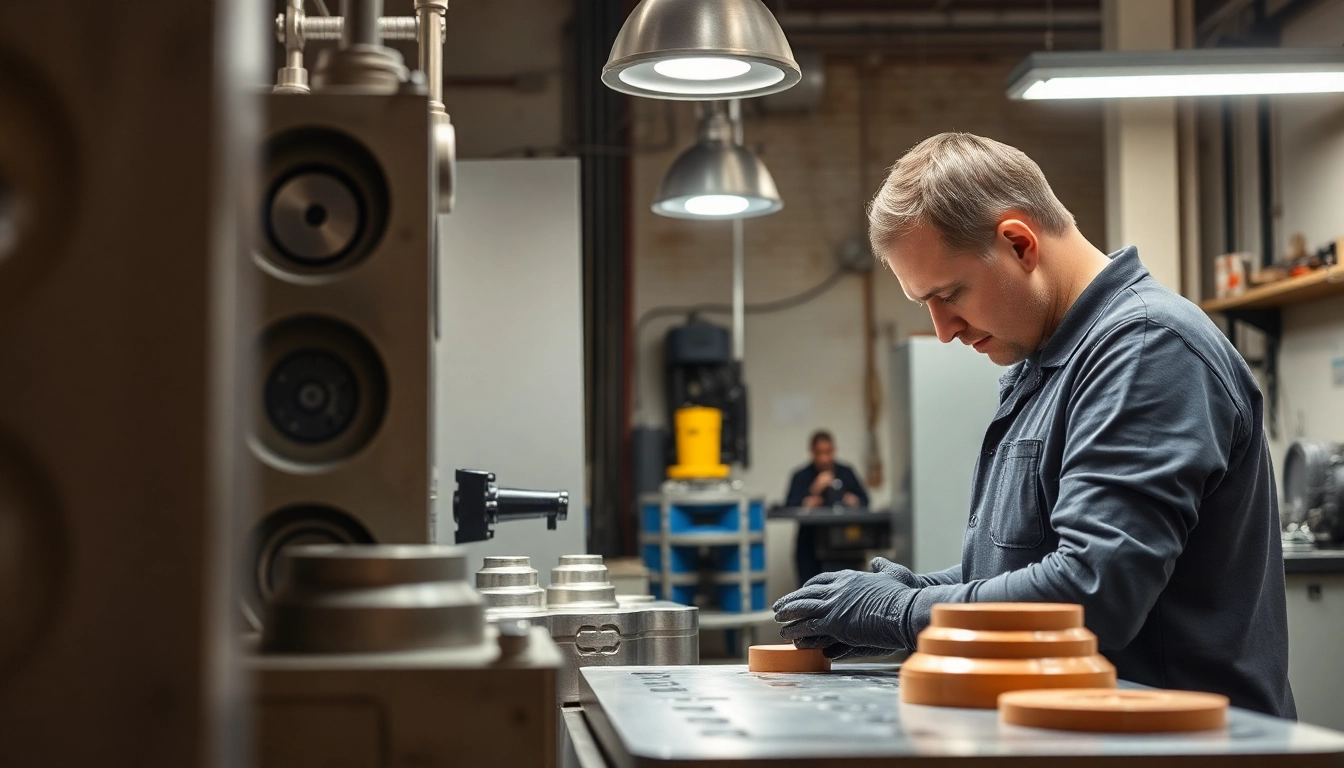
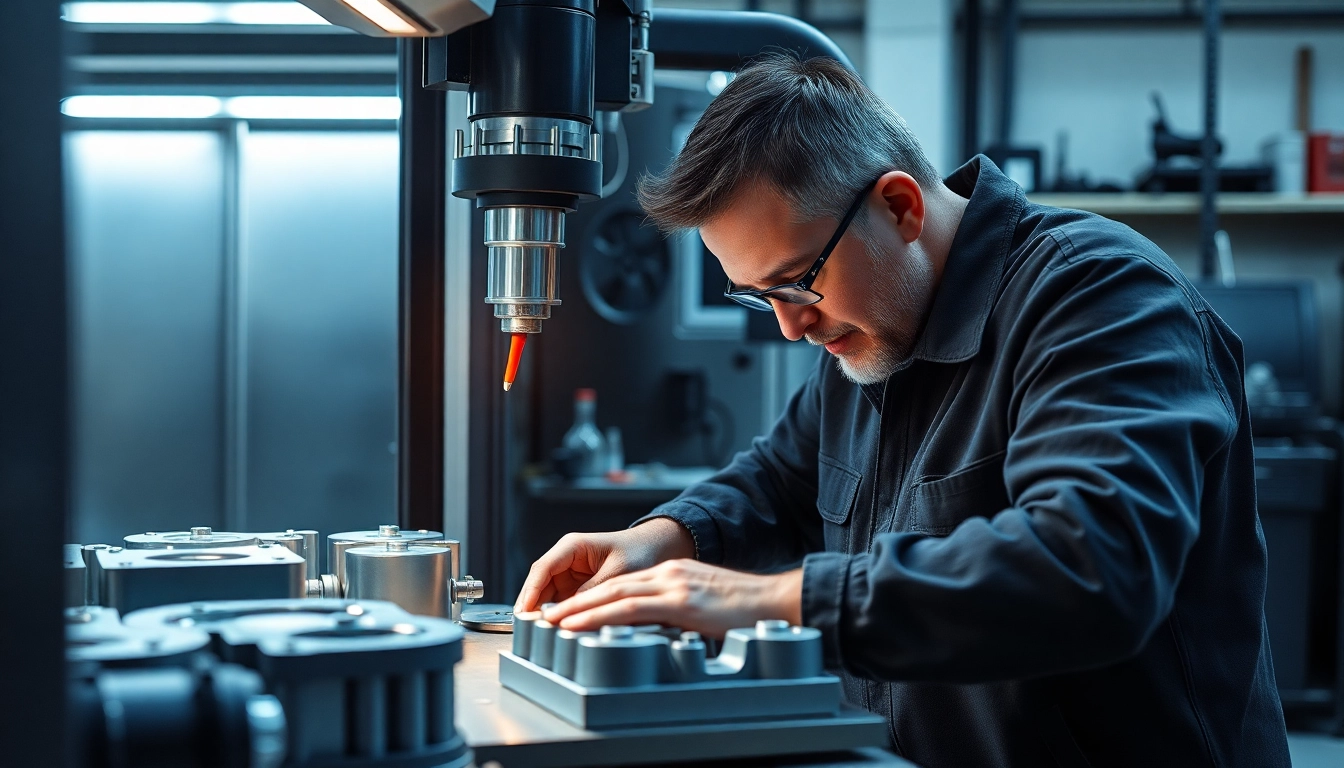


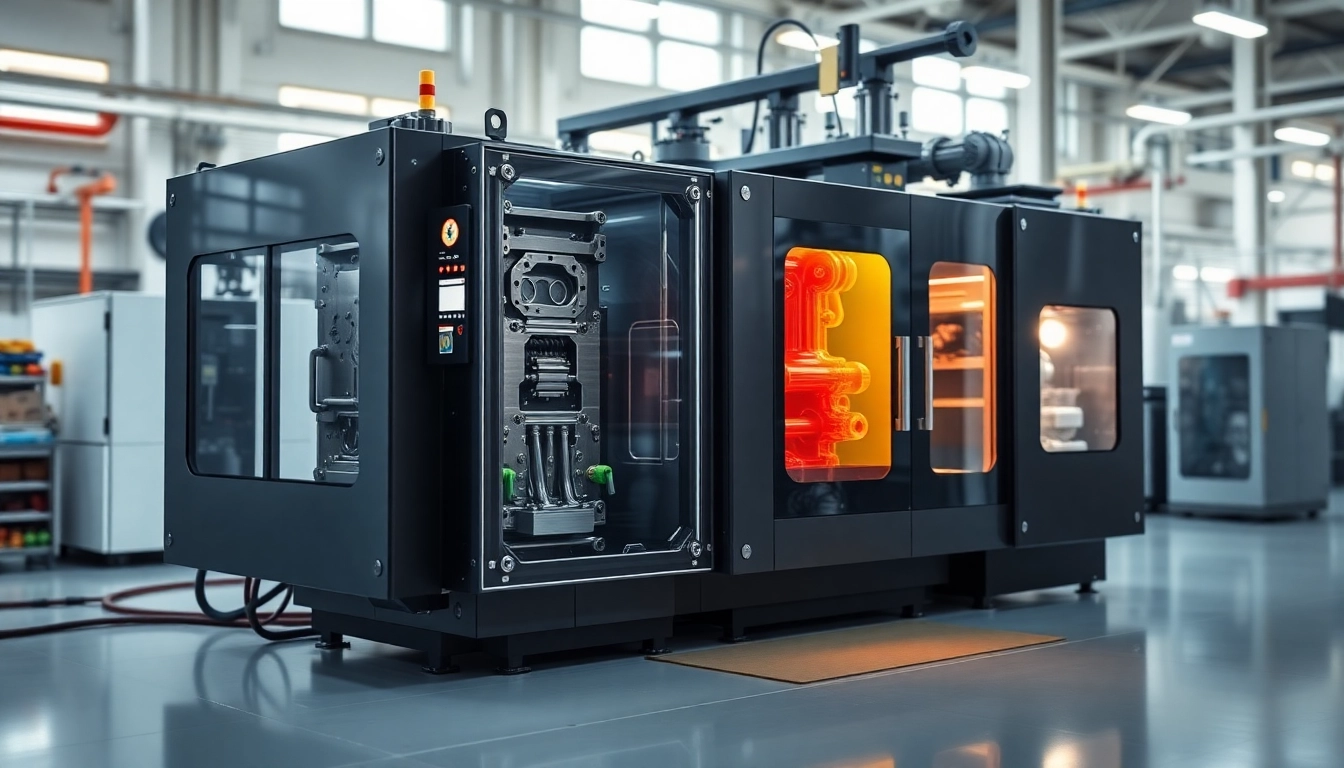
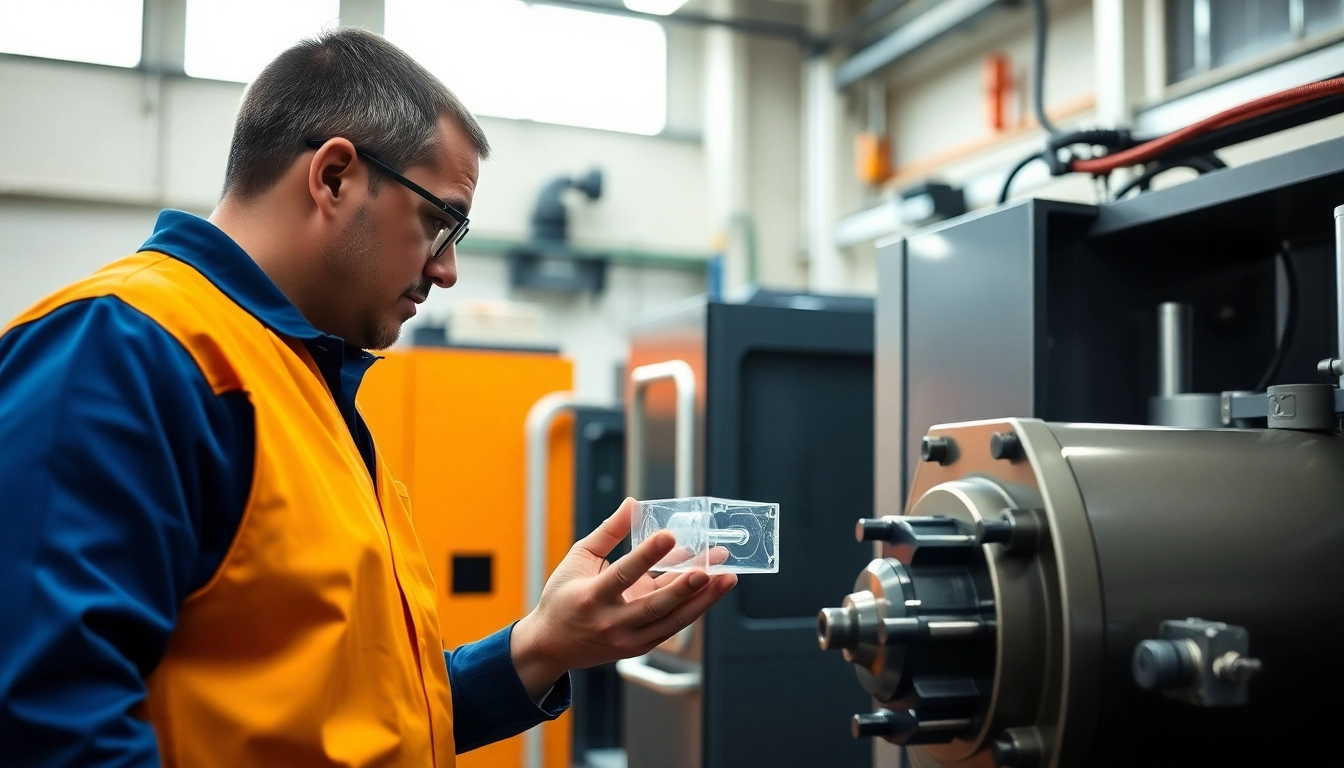
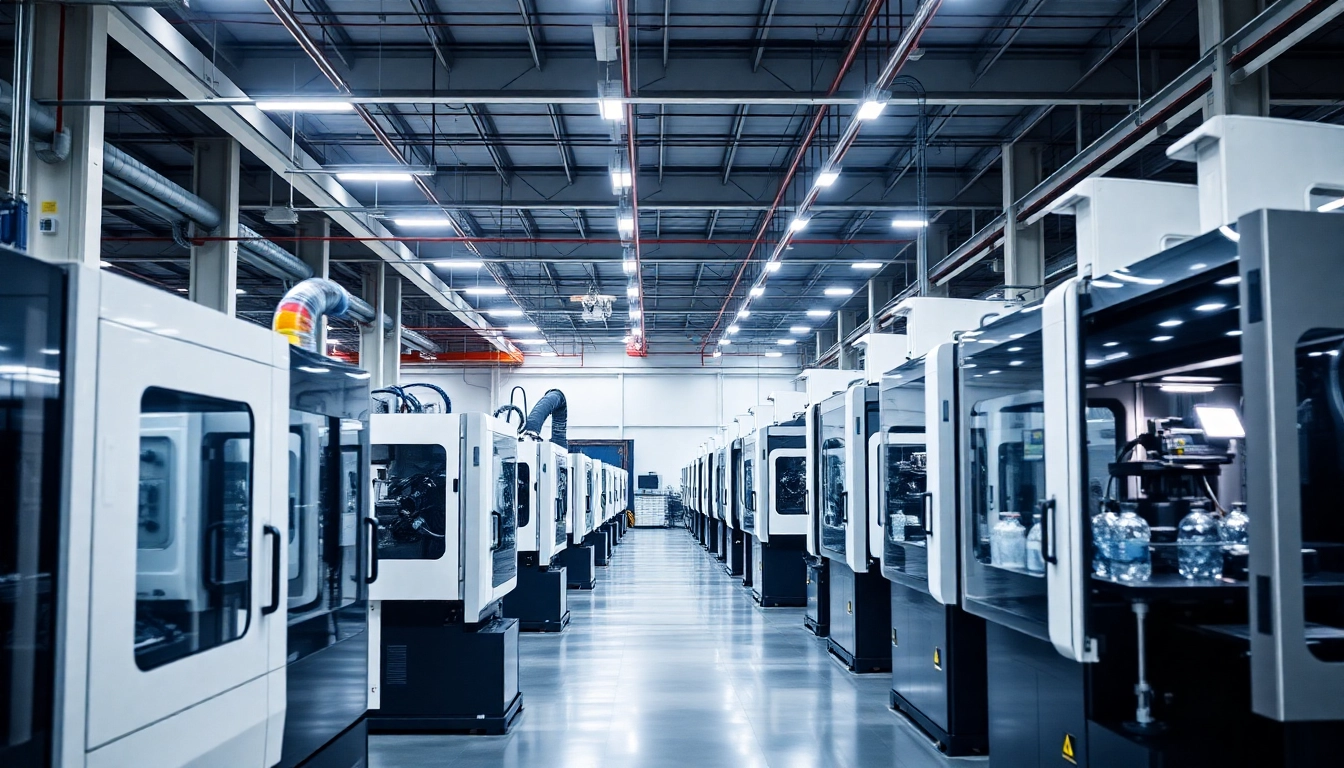




Leave a Reply